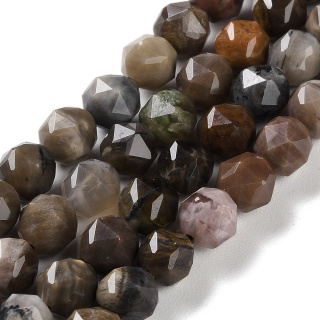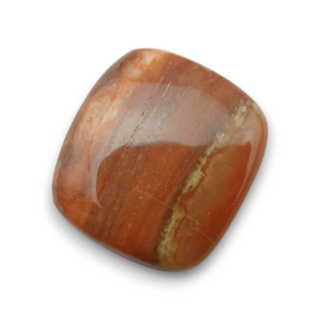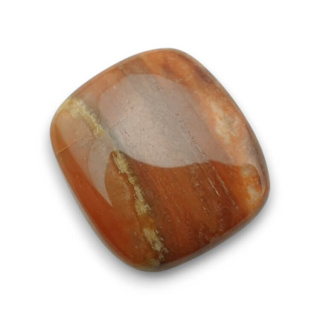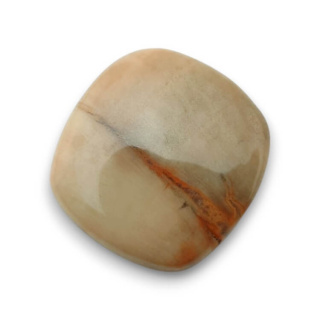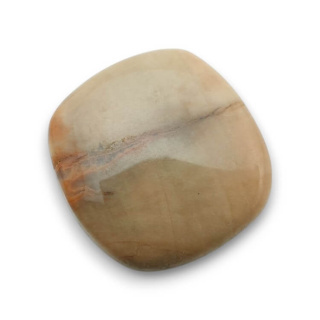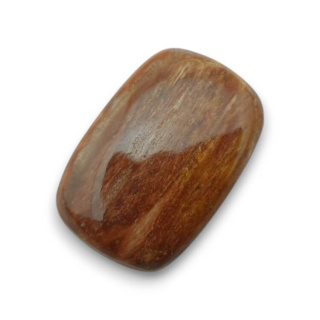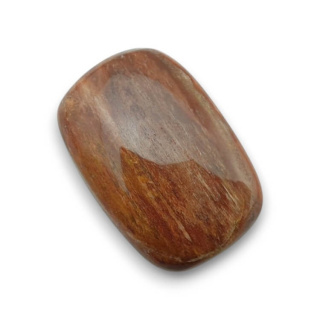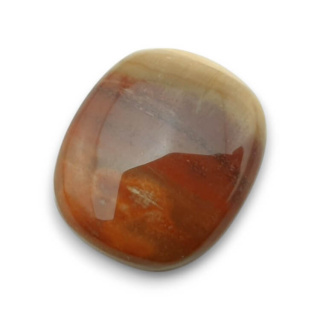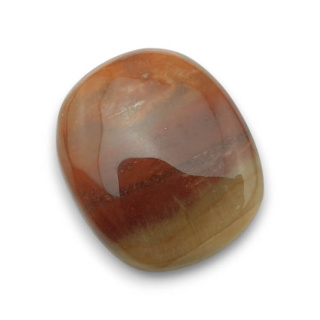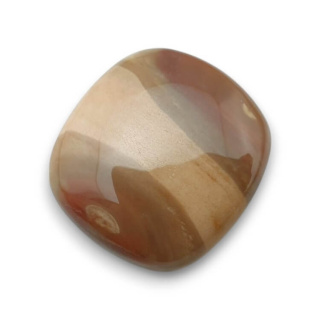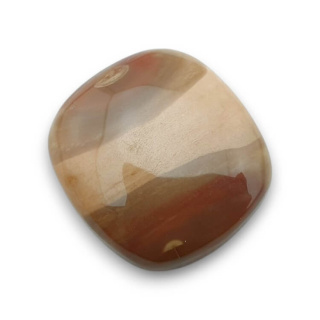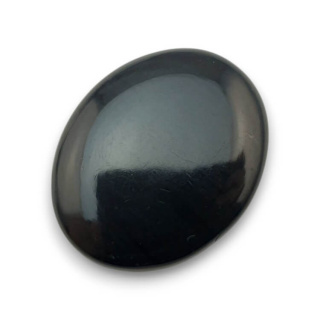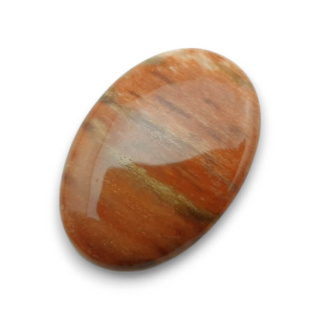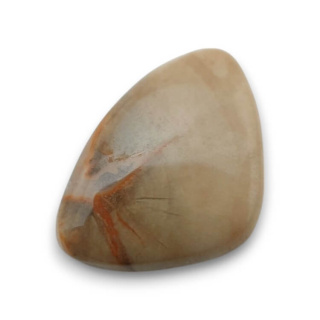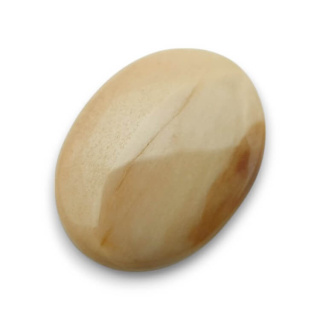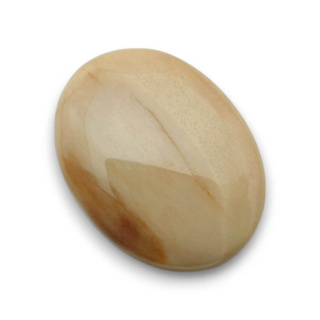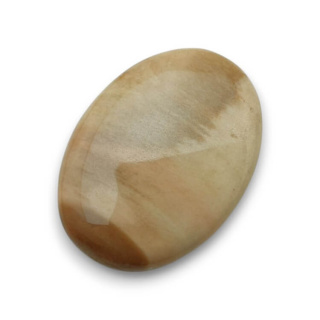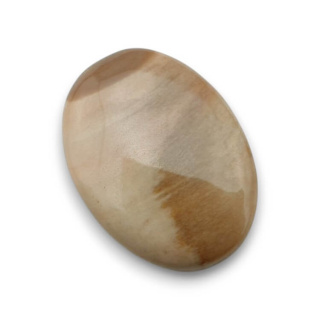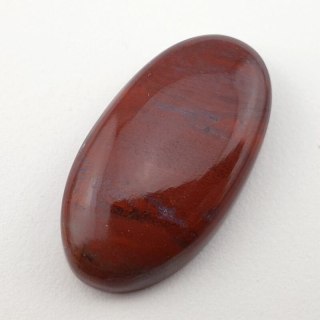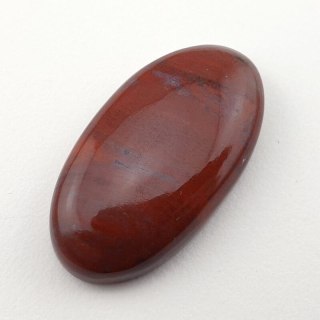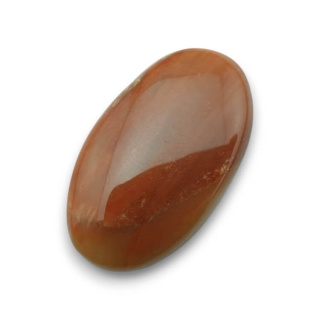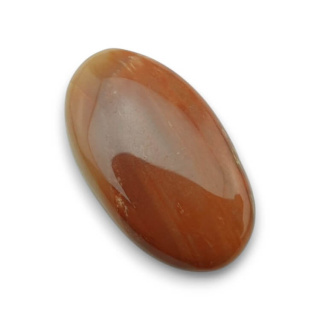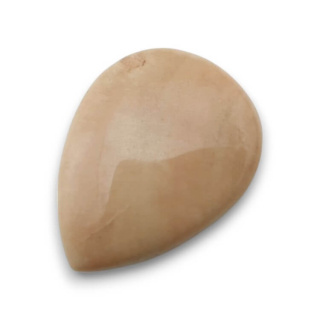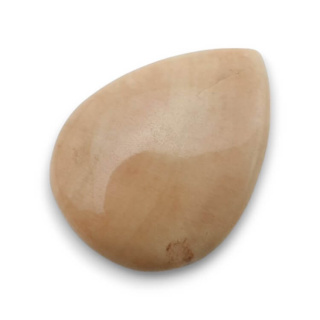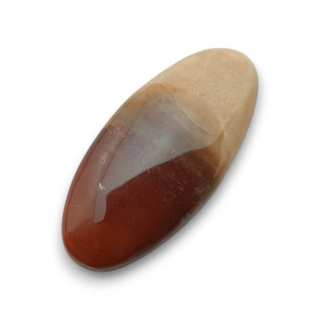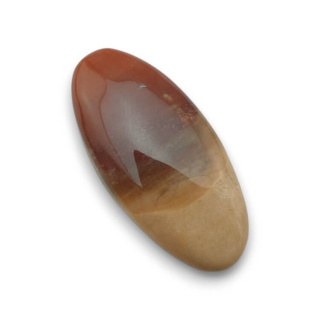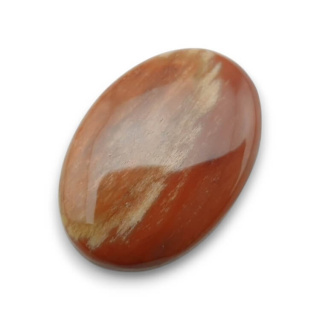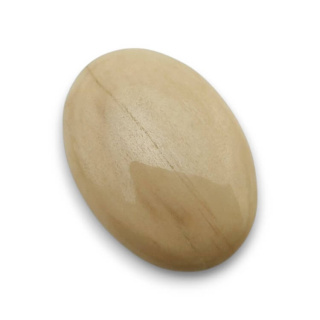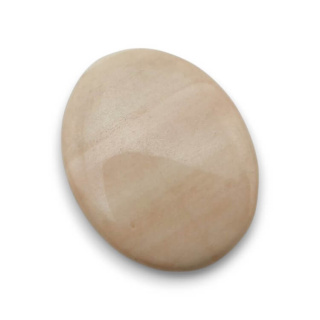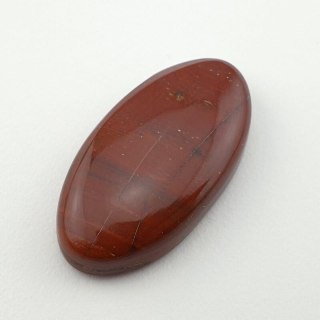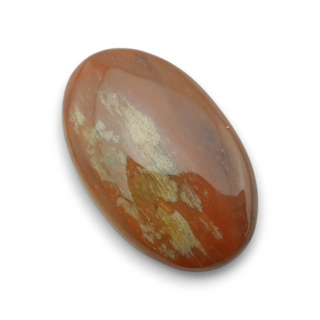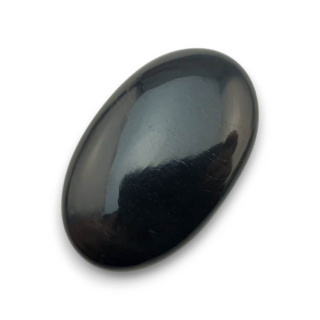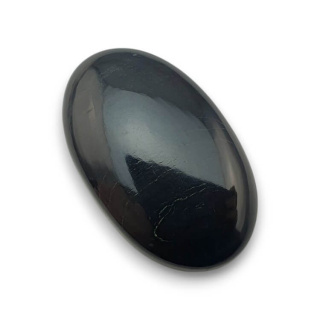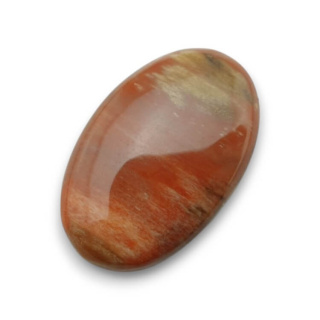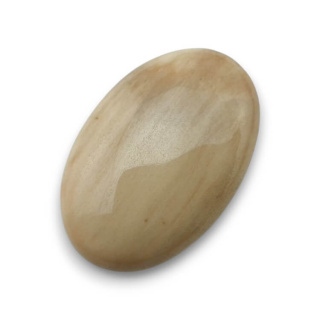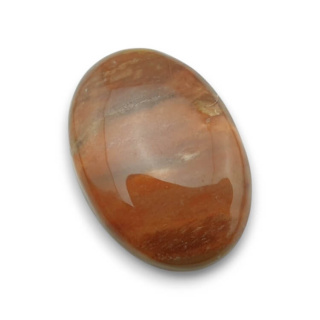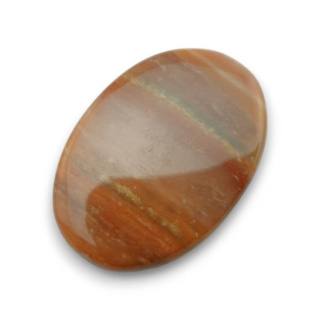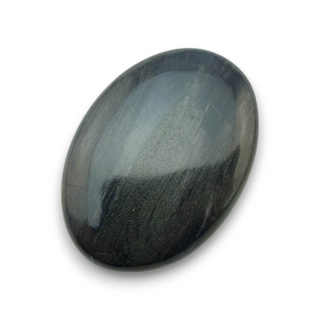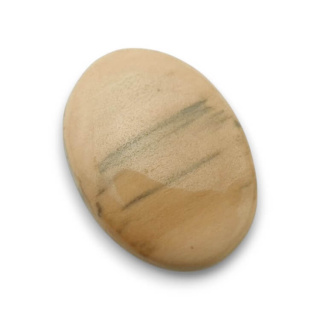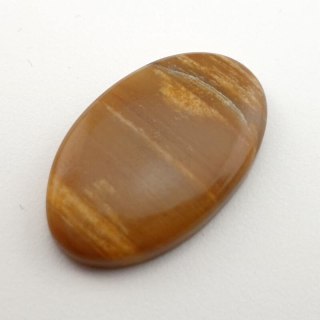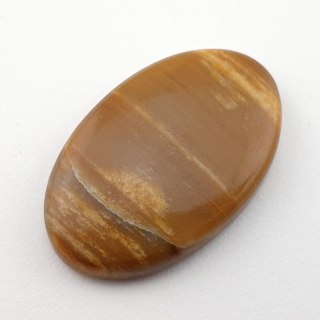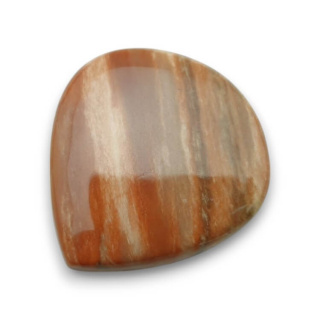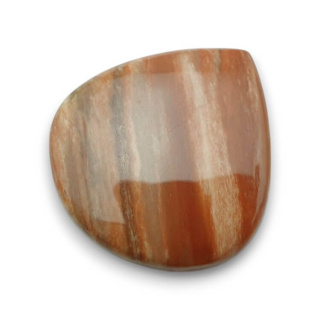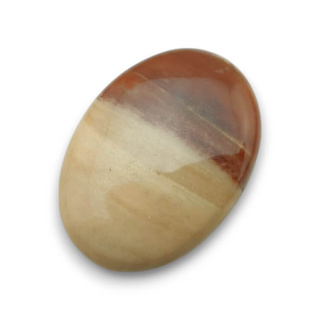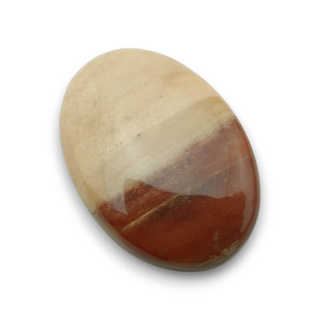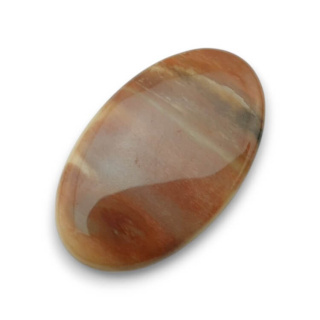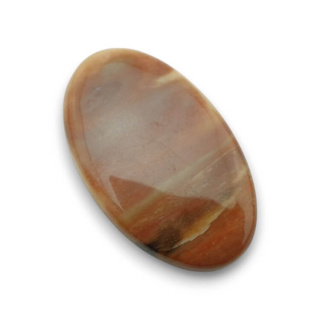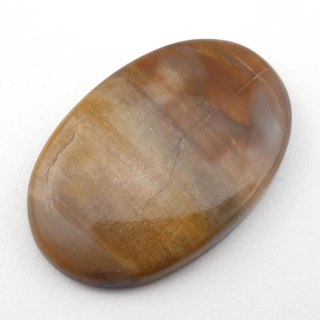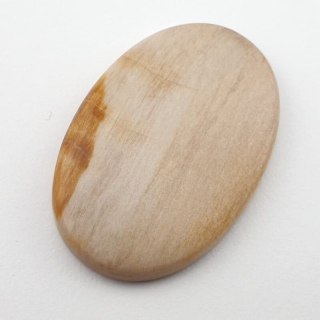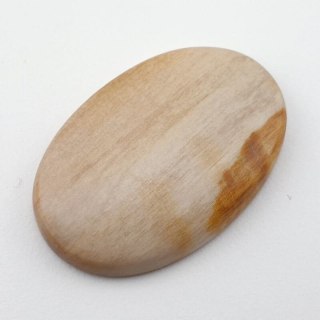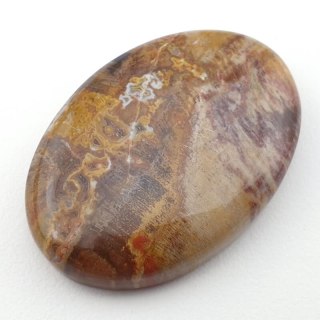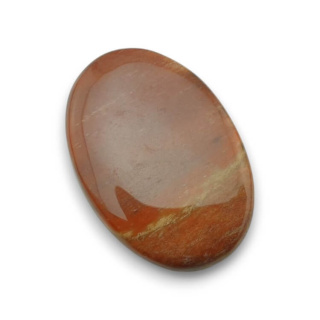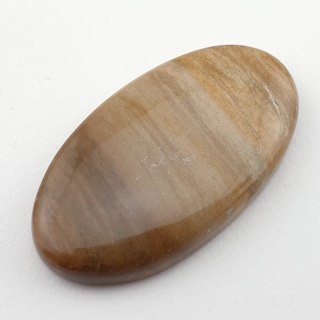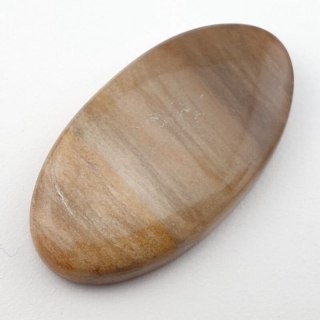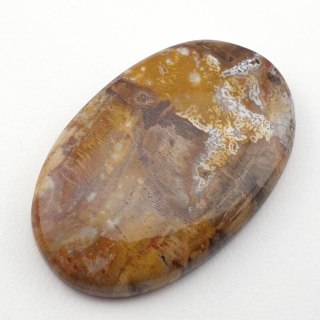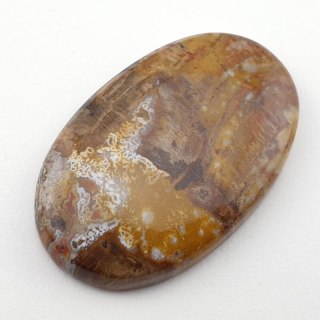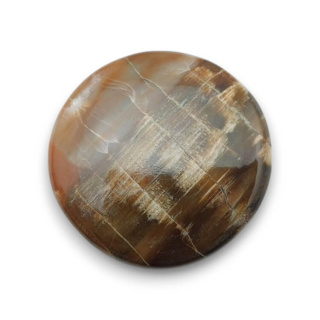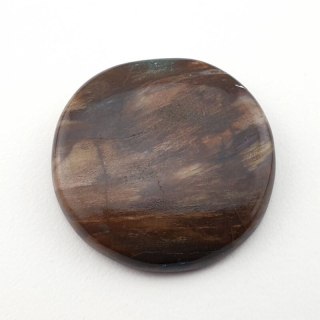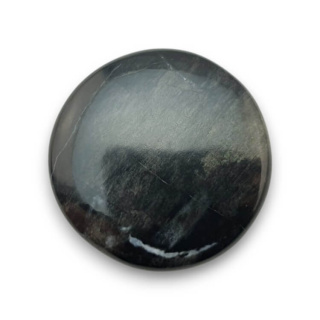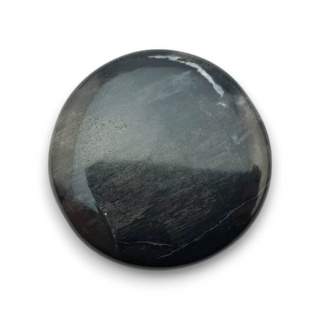- All categories
-
Categories
- Stones | Crystals
- Beads for jewlery
- Jewelry components
- Kamienie syntetyczne
- Zodiac stones
- Pearls | Shells
- Pendants
- Bracelets
- Kryształki - Taśmy
- Crystals A-F
- Crystals G-K
- Crystals L-O
-
Crystals P-Z
- Peridote
- Pietersite
- Pyrite
- Prehnite
- Purpurite
- Rhodochrosite
- Rhodonite
- Ruby
- Selenite
- Septarian
- Seraphinite
- Indian seraphinite
- Serpentine
- Petrified wood
- Cat's eye scapolite
- Scolecite
- Sodalite
- Stichtite
- Shattuckite
- Scheelite
- Shungite
- Tektite
- Thulite
- Topaz
- Tibetan turquoise
- Tourmaline
- Tiger's eye
- Tiger's iron
- Unakite
- Variscite
- Sale
- Promo 💵
- Sale 🛒
- New arrivals 💥
- Discounts
- Delivery
- Payment
- Returns
- Contact us
- Blog
- Kryształki - taśmy (sale -40%)
-
Categories
-
Peridote
-
Pietersite
-
Pyrite
-
Prehnite
-
Purpurite
-
Rhodochrosite
-
Rhodonite
-
Ruby
-
Selenite
-
Septarian
-
Seraphinite
-
Indian seraphinite
-
Serpentine
-
Petrified wood
-
Cat's eye scapolite
-
Scolecite
-
Sodalite
-
Stichtite
-
Shattuckite
-
Scheelite
-
Shungite
-
Tektite
-
Thulite
-
Topaz
-
Tibetan turquoise
-
Tourmaline
-
Tiger's eye
-
Tiger's iron
-
Unakite
-
Variscite
Crystals P-Z -
- Promo 💵
- Sale 🛒
- New arrivals 💥
- Discounts
- Delivery
- Payment
- Returns
- Contact us
- Blog
- Kryształki - taśmy (sale -40%)
-
- Search
- My account
- Favorites
-
Cart
0
-
Cart (0)Cart is emptyFor free delivery is missing -,--Free delivery!Make orderTotal 0 złPrice includes discounts
-
Petrified wood
Number of products : 46What is petrified wood?
Petrified wood is a type of fossil in which the organic tissues of a tree have been replaced by minerals, mainly silica (SiO₂). As a result of the fossilization process, the structure of the wood, its rings and details are preserved, but its chemical composition changes – it becomes stone. It is one of the most impressive and popular decorative stones, often used in jewelry, decorations and esotericism.
How is petrified wood formed?
The petrification process takes millions of years and requires special conditions. The main stages of formation are:
- Flooding of the tree with mineral-rich water – e.g. after a volcanic eruption or flood.
- Lack of oxygen – prevents the wood from rotting.
- Infusion of minerals (mainly silica, but also opal, chalcedony, quartz, pyrite) – minerals replace organic cells while preserving their structure.
- Gradual fossilization – the process can take from millions to hundreds of millions of years.
Fossilized wood may contain various minerals that affect its color:
- Red, brown, orange – iron oxides
- Yellow and gold – sulfur
- Green and blue – copper compounds
- Black – carbon or manganese
Physical and chemical properties of petrified wood
| Feature | Value |
|---|---|
| Chemical composition | Mainly SiO₂ (quartz, chalcedony, opal) |
| Hardness (Mohs scale) | 6.5 – 7 |
| Density | 2.6–2.9 g/cm³ |
| Crystal structure | Trigonal (if quartz), amorphous (if opal) |
| Color | Red, brown, yellow, green, blue, black |
| Luster | Glassy, dull or waxy |
| Transparency | Opaque |
| Structure | Original wood grain preserved |
Thanks to its high quartz content, petrified wood is hard and durable, making it suitable for jewelry and decorative items.
Where is petrified wood found?
The largest and most beautiful specimens of petrified wood are found in:
- USA (Arizona – Petrified Forest National Park)
- Indonesia
- Madagascar
- Brazil
- Argentina
- Mongolia
- Russia (Siberia)
- Poland – petrified wood can be found, among others, in the Świętokrzyskie Mountains
Uses of petrified wood
1. Jewelry and decorations
Thanks to its hardness and unusual patterns, petrified wood is popular in:
- Bracelets
- Necklaces and pendants
- Rings
- Sculptures and figurines
- Interior decorative elements
2. Esotericism and lithotherapy
In esoteric traditions, petrified wood is considered a stone of stability and connection to the past.
It is believed to have the following properties:
- Strengthens patience and mental resilience
- Helps to cope with stress and trauma
- Connects with the energy of ancestors and the wisdom of the Earth
- Stabilizes emotions and helps to ground oneself
- Strengthens family ties and tradition
3. Decorative elements and industry
Due to its uniqueness, petrified wood is used as:
- Table tops and coffee tables
- Wall and floor tiles
- Stones for Zen gardens
- Interior finishing elements
Petrified wood and chakras
Petrified wood is associated with the root chakra (Muladhara) and the sacral chakra (Svadhisthana):
- Root chakra (Muladhara) – helps with stability, grounding, and a sense of security
- Sacral chakra (Svadhisthana) – supports creativity and personal development
It is the perfect stone for people who feel lost and need a stronger grounding in reality.
Petrified wood in numerology
Petrified wood resonates with the number 8, which symbolizes:
- Strength and endurance
- Karma and life cycles
- Material and spiritual wealth
- Determination and resilience
It is the perfect stone for people who are going through difficult life changes and need stability.
How to distinguish real petrified wood from fakes?
✔️ Natural wood grain structure – visible original wood cell patterns
✔️ Hardness 6.5–7 on the Mohs scale – cannot be easily scratched with a knife
✔️ Variety of colors and inclusions – different minerals create natural patterns
✔️ No plastic or resins – fakes are often lighter and have a uniform color
Summary
✅ Petrified wood is a mineral formed over millions of years from wood replaced by silica
✅ Found in the USA, Indonesia, Brazil, Poland, and other countries
✅ Used in jewelry, decorations, and esotericism
✅ Considered a stone of stability, resilience, and connection to the past
✅ Associated with the root chakra and the number 8
This is a stone for people who seek stability, strength, and connection to nature and history.
![[{[item.product.name]}]]([{[item.product.photo.url]}] 75w)


